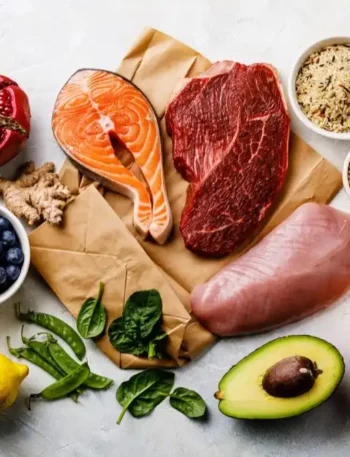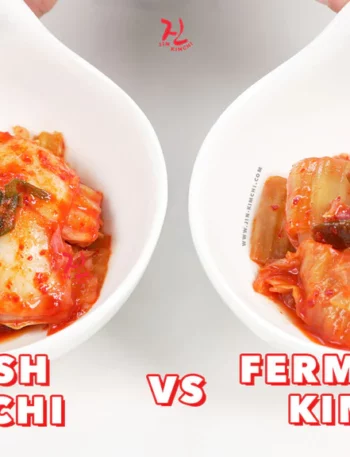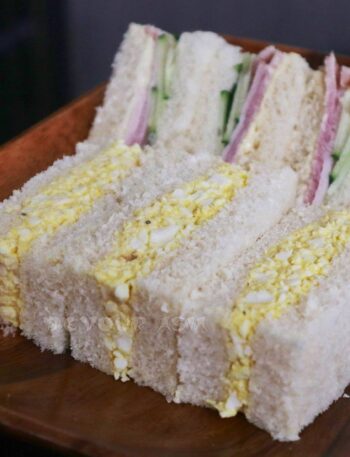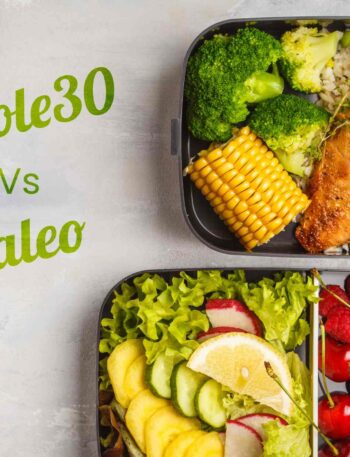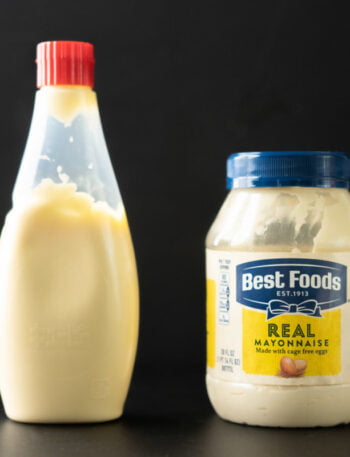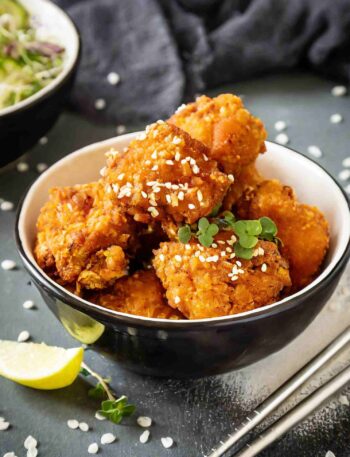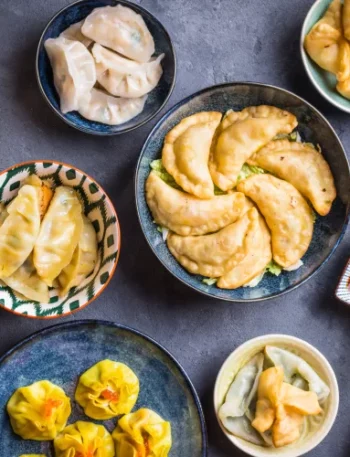
There’s an old Indonesian saying: “The moon can hide, but the stars still shine.” Translation? You can obsess over the loud, popular things everyone talks about, but it’s the quiet, hidden ones that often change everything.
In food culture, that “loud” thing has been kale — plastered across juice bars, wellness blogs, and overpriced salad menus.
But while the world worships its leafy-green poster child, the real game-changers have been sitting in the shadows, quietly gathering dust in forgotten recipes and rare markets.
And here’s the gut punch: ignoring them might not just be a missed culinary adventure — it could be sabotaging your health in ways kale could never fix.
We’re talking about foods so rich in compounds, minerals, and bioactive magic that modern nutrition labels don’t even know how to categorize them.
They’re not the sexy Instagram darlings. They’re the deep cuts of the food world — the B-sides nobody listens to until they realize they were the real hits all along.
The Cost of a Narrow Plate
Our diets have become painfully predictable. Quinoa. Avocado. Chia seeds. Rinse and repeat. Sure, they’re good but eating them while ignoring the foods our ancestors thrived on is like playing the same three songs for the rest of your life. Your body is a symphony, not a broken record.
Rare foods often pack nutrients in combinations modern agriculture simply doesn’t deliver anymore. Think fermented bamboo shoots brimming with probiotics you can’t bottle, or seaweed varieties that carry rare trace minerals your cells barely remember how to use.
The irony? Our obsession with “superfoods” has actually narrowed the diversity of what we eat.
The Forgotten Powerhouses
Here’s the uncomfortable truth — some of the world’s healthiest cultures don’t even touch kale.
Instead, they rely on foods like black garlic, sacha inchi seeds, or purple sweet potatoes that look like candy but act like medicine in your bloodstream. These aren’t just different; they work in ways that fill in the blind spots of a modern diet.
A study out of Okinawa (home to some of the world’s longest-living humans) shows that their nutrient diversity, not just calorie control, keeps their health markers pristine.
That diversity? Built on rare, seasonal, and local plants that rarely make it past airport customs.
Why You’re Not Getting Them?
Here’s the thing nobody likes to admit — rare foods aren’t in your diet not because they’re hard to find, but because they’re not marketed to you.
Big food companies can’t industrialize them, so they don’t sell them. And the cycle continues: you only crave what you’ve been told exists.
Even if you live in a city with “international” grocery aisles, odds are those shelves are filled with watered-down, packaged imitations stripped of their original potency. You think you’re getting exotic, but you’re really getting the airport gift-shop version.
The Smooth Way to Start
Now, you don’t need to go trekking through mountain villages with a woven basket to bring these foods into your life. There are companies actually sourcing and preserving these rare nutritional powerhouses without turning them into lifeless powders.
One I came across isn’t trying to be some flashy “miracle powder” — it’s just pure, organic sea moss, the kind coastal communities have been eating for centuries without making TikTok videos about it.
This stuff is loaded with minerals your body quietly runs on — iodine, magnesium, potassium — the unsexy essentials that keep things running behind the scenes.
It’s the kind of thing you can stir into your smoothie or morning tea and forget about, while it quietly does more for your body than that overpriced kale smoothie ever will.
(You can check it here before it becomes another overpriced wellness trend.)
“A man who eats from only one tree will never know the taste of the forest.”
The bottom line? Kale can stay on your plate if you like it. But don’t let it block the door to the stranger, rarer, and arguably more powerful foods waiting outside. The stars have always been there. Maybe it’s time you looked up.
_
(Heads up: Some of the links in this post are affiliate links. That means I may earn a small commission—at no extra cost to you—if you buy something through them. I only recommend stuff I actually like or think adds value. Your support helps keep this site alive and uncensored. Thank you for that.)


